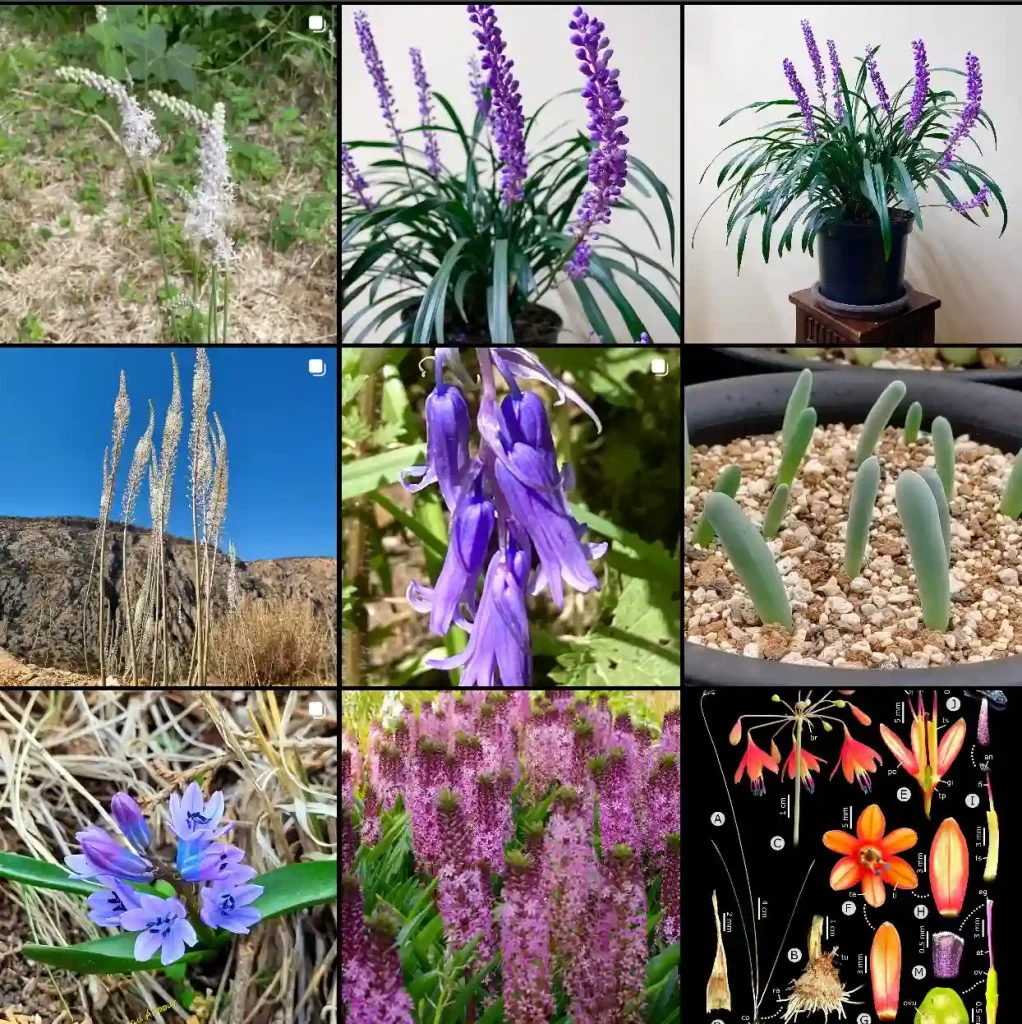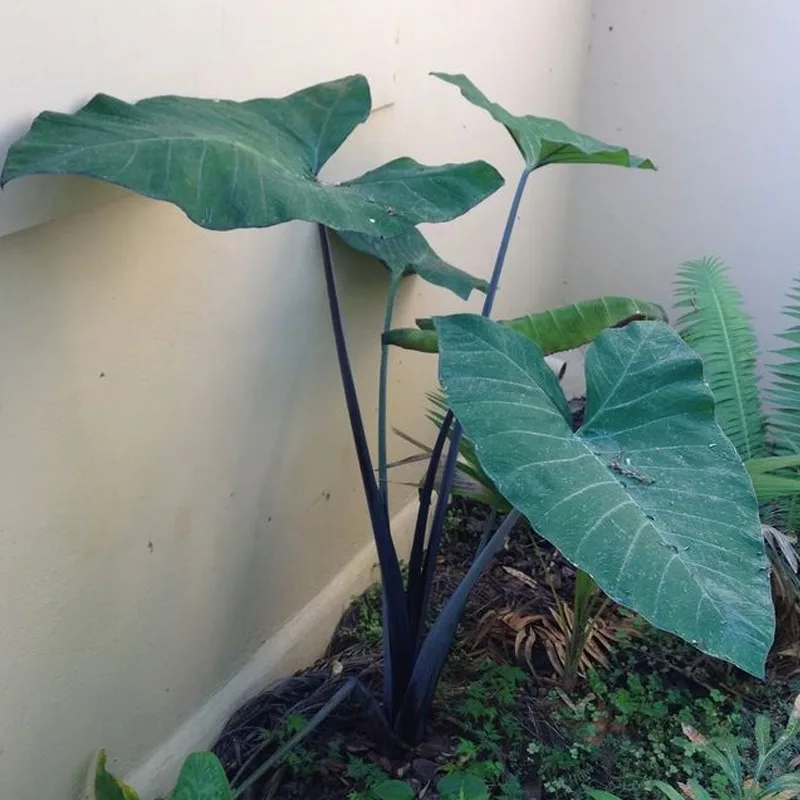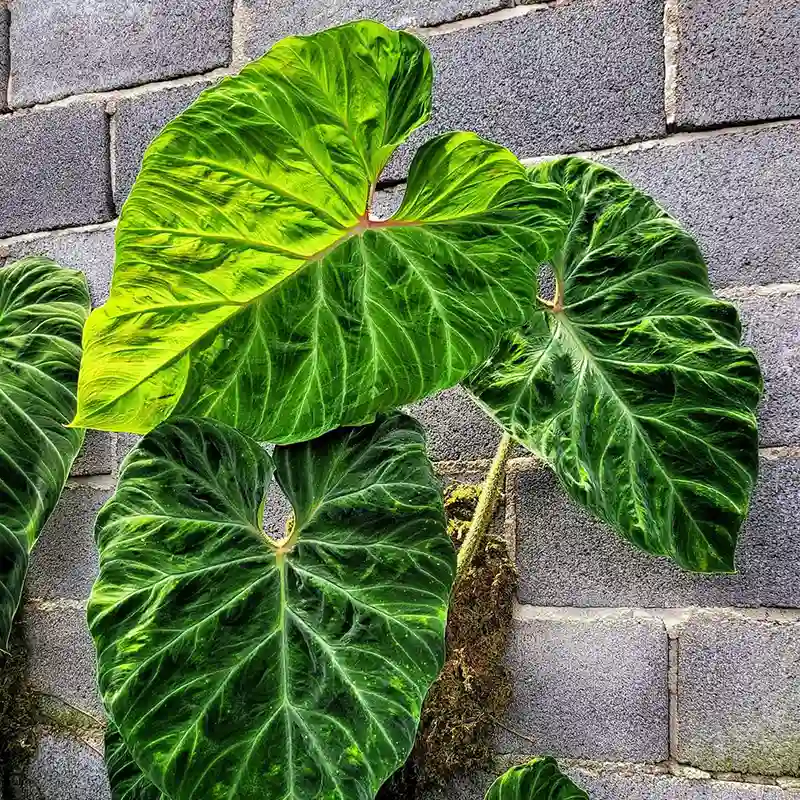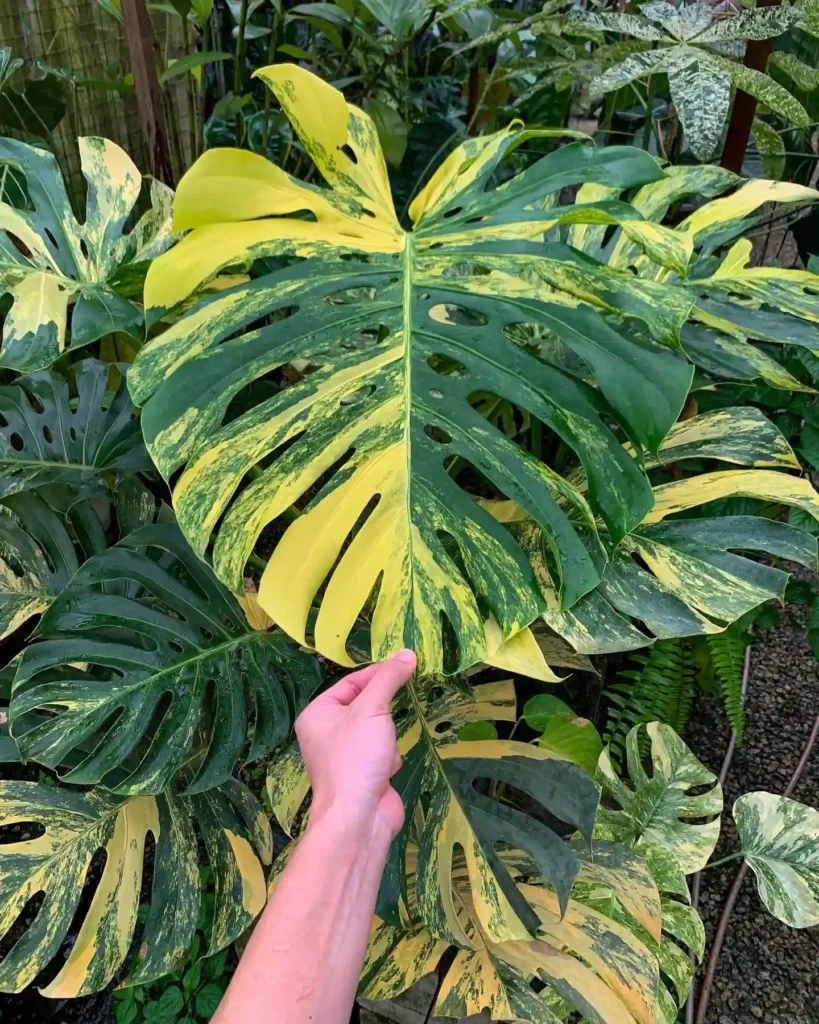Bergera: A Fragrant Journey
The world of plants is a vast and fascinating one, filled with an endless array of scents, shapes, and uses. As a botany enthusiast, I’m always eager to delve deeper into a particular genus and uncover its hidden gems. Today, I want to share my exploration of the Bergera genus, a group of flowering plants belonging to the Rutaceae family, known for their aromatic leaves and vibrant flowers.
Discovering the Diversity of Bergera
The Bergera genus, named after the 18th-century German botanist Johann Gerhard Koenig, is native to regions spanning from India and Southeast Asia to China, Taiwan, and even down to Malesia and New Caledonia. While it was once considered a part of the Murraya genus, recent studies have established Bergera as a distinct group, characterized by unique morphological and phytochemical features.
One of the most well-known species in this genus is Bergera koenigii, commonly known as the curry tree. Its aromatic leaves are a staple ingredient in many South Asian cuisines, lending a distinctive flavor to curries and other dishes. However, Bergera is much more than just the curry tree. It encompasses a diverse range of species, each with its own unique characteristics and potential uses.
A Closer Look at Bergera Species
While the exact number of species within the Bergera genus is still under investigation, recent research suggests there may be around 11 distinct species. Here are:
- Bergera alternifolia (Kurz) F.J.Mou
- Bergera crenulata (Turcz.) F.J.Mou
- Bergera euchrestifolia (Hayata) F.J.Mou
- Bergera glabra (Guillaumin) F.J.Mou
- Bergera koenigii L.
- Bergera kwangsiensis (C.C.Huang) F.J.Mou
- Bergera macrophylla (C.C.Huang) F.J.Mou
- Bergera microphylla (Merr. & Chun) F.J.Mou
- Bergera stenocarpa (Drake) F.J.Mou
- Bergera tetramera (C.C.Huang) F.J.Mou
- Bergera unifolia C.L.Deng & F.J.Mou
The Allure of Bergera’s Fragrance
One of the most captivating aspects of the Bergera genus is the fragrance emitted by its leaves and flowers. The aromatic compounds present in these plants not only contribute to their culinary and medicinal value but also make them a popular choice for perfumes and essential oils.
The curry tree, for instance, is known for its strong, pungent aroma, which is released when the leaves are crushed or bruised. This aroma is due to the presence of various volatile compounds, including caryophyllene, humulene, and pinene. These compounds not only contribute to the distinctive flavor of curry leaves but also have potential health benefits, such as anti-inflammatory and antioxidant properties.
Other Bergera species also possess unique fragrances, ranging from sweet and floral to citrusy and spicy. This diversity of aromas makes Bergera an intriguing subject for research and a potential source of new and exciting fragrances for the perfume industry.
The Potential of Bergera
Beyond its culinary and aromatic applications, Bergera holds promise in various other fields. Traditional medicine, for instance, has long utilized different parts of Bergera plants for their therapeutic properties. The leaves, bark, and roots of various species have been used to treat a range of ailments, from digestive issues and skin infections to fever and respiratory problems.
Furthermore, research is ongoing to explore the potential of Bergera in modern medicine. Studies have shown that certain compounds found in Bergera plants exhibit antibacterial, antifungal, and antiviral activities. This suggests that Bergera could be a valuable source of new drugs and therapies for various diseases.
Conservation Efforts for Bergera
Despite its diversity and potential, some Bergera species face threats due to habitat loss and overexploitation. It’s crucial to raise awareness about the importance of conserving these valuable plants and their ecosystems. Sustainable harvesting practices and habitat restoration efforts are essential to ensure the long-term survival of Bergera species.
My Continued Fascination with Bergera
As I continue to learn more about the Bergera genus, I’m constantly amazed by its versatility and potential. From the culinary delights of the curry tree to the medicinal properties of other species, Bergera offers a wealth of benefits for both humans and the environment. I believe that further research into this fascinating genus will uncover even more exciting discoveries and applications in the future.
I encourage fellow botany enthusiasts and curious minds to explore the world of Bergera and appreciate the unique beauty and value of these fragrant plants.
If i die, water my plants!



